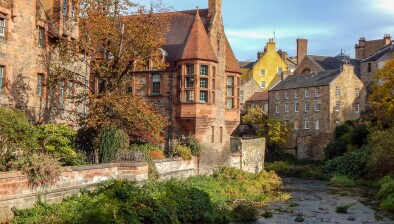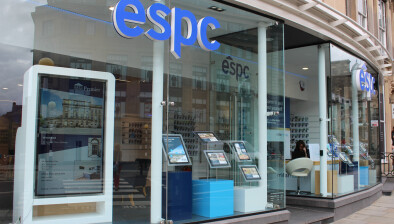LBTT tax changes still affecting house prices in east central Scotland

Average selling prices across east central Scotland have seen notable decreases over the last three months due to Land and Buildings Transaction Tax (LBTT) changes, according to the latest analysis from ESPC.
The average selling price in east central Scotland in the first three months of 2016 is now 10.5 per cent less than it was during the same period last year – decreasing from £230,056 to £205,819.
Average property prices for the City of Edinburgh as a whole have decreased by 10.9 per cent to £221,622, and East Lothian and West Lothian have also experienced significant decreases in average property prices.
However, bucking this general trend are areas that have a high number of one and two bedroom flats for sale which attract the buy-to-let and first time buyer market. Both one-bedroom flats in the Leith Walk area and two-bedroom flats in the Newington area, typically popular with students, have increased by 16.3 per cent.
By the end of the first quarter of 2016 there was huge demand for buy-to-let properties. This has kept sales growth steady with the number of homes sold in east central Scotland between January and March of 2016 increasing by 2.9 per cent annually. This could be attributed to the demand for popular buy-to-let properties, as people chose to buy before they would have to pay a 3 per cent tax supplement on second homes after 1st April 2016.
ESPC’s business analyst Maria Botha-Lopez said: “These fluctuations in price can be attributed to the changes to property tax that the government has introduced over the last year. As a result of Land and Buildings Transaction Tax (LBTT) introduced in April 2015, average selling prices in the first quarter of 2015 were driven up by larger than normal volumes of high-end properties, with people wishing to buy before new tax rates came into place.
“Similarly, a surge of sales of one and two bedroom properties can be attributed to the new 3% tax on the total value of second-homes over £40,000, which came into effect on 1st April, with the aim of cooling the buy-to-let market. It will be interesting to see whether the effect of the second homes tax on the buy-to-let market results in increased rents, which could make it harder for first time buyers to save for a deposit.
“While the number of new homes brought to market between the months of January and March decreased by 3.6% annually, we are still comparing the number of new listings with the period last year when the LBTT tax change was announced, This is coupled with the trend seen last year of less homes coming to market when compared with previous periods.
“We will have to wait until the second half of 2016 to see what the property market will look like when the impact of government legislation tapers off.”









